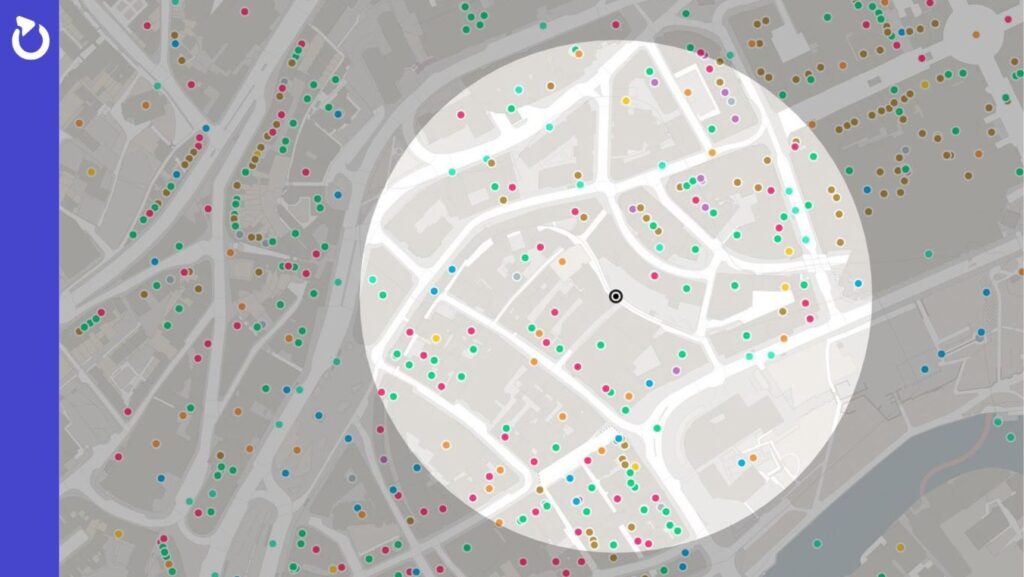Exploring one of the most valuable answers in the UX and Product toolbox
In November 2022, I attended ‘Coffee & Jam’, a joint event combining ‘UX Coffee’ for designers and UX folk with ‘ProductJam’ for product managers and owners. Previously held separately, these events were smushed together in a glorious one-off celebration of coming out from under the grim cloud of lockdown, now that it’s (just about) safe to meet together in person.
The Bournemouth and Poole area has long had a stellar reputation for social get-togethers, conferences and meetups. Things have, unsurprisingly, been a little quiet of late, so it’s wonderful to see old faces and meet people new to the various digital scenes that make this a great place to live and work.
At this event, we were skilfully hosted by Laura Yarrow, Head of Design for GOV.UK, and Greg Hepworth, Director of Product and Design at Passenger. The Passenger offices in town were a great location for such an event, and the free pizza and beer on offer were a welcome addition! On hand to help guide us through a few exercises designed to bring together the worlds of UX and Product was Sam Harvey-Butler from JP Morgan, and the first exercise saw us split into groups with a mix of disciplines to tackle the thorny issue of priorities.
‘It depends’ – a common answer to UX-related questions
It seemed that after almost every other statement made, the answer was ‘it depends’. I’m pretty sure every member of our group said it at one point. There seemed to be so much more clarification that was required, so many more follow-up questions we wanted to ask. After the first couple of times I gave this same response, I started to hold back, fearing that I was holding up the proceedings, or being pedantic. But the more that I heard others saying the same thing, the more I started to see a pattern, and in fact, it’s only really been in the last week or so, that I can see this for what it was.
A complex power of dependencies
This was not a weakness, it was not a mistake or a failing on our part or any individual. We hadn’t misunderstood the question and we weren’t falling short of providing answers. We had, I suppose inadvertently, stumbled across one of the most valuable answers impacting the work of both UX practitioners, researchers and product owners – ‘it depends’!
What I can see now is that we were doing our jobs – we were taking the evidence and the suggestions given to us, and were finding the angles, the exceptions and the exploring the possible options that would help us move things forward. It is a bit like when a client asks a general question like: ‘how long will this take to build?’. The possible answers spin off into a myriad of options, that need clarification, but we’ll get to those soon. In short, we were all in agreement about the ideas and suggestions being made, but we knew that a single word on a sticky note was too simplistic for our needs. It may be that putting a group of workshop facilitators into a room together and trying to get them to contribute to the workshop is too much to ask, but I think this is a learning opportunity if we look at it in the right light.
So now we know about the power of responding with an ‘it depends’ we need to know how to follow it up in order to get the most out of it. After all, any amateur can pick up a mallet and chisel, but only a master craftsperson can sculpt a thing of beauty.
All in the follow-through
It’s either a golf swing or a boxing punch that require good follow-through, although it could equally be a baseball bat swing or a tennis serve… Regardless, the technique is important, not just the aim. When it comes to successful UX process and product management, following up on your ‘it depends’ is really important. It’s not enough to deliver a confident-sounding two-word caveat, you have to add a bit of context. So the next time you feel this answer popping into your brain, make sure you’re ready with a decent follow-through. Here are a few I can think of off the top of my head:
- Are the product requirements fully documented?
- Is there a viable business case?
- Are there user stories?
- Are there agreed acceptance criteria?
- How much is the budget?
- How many resources do we have to throw at this?
- Is there time and budget to carry out proper usability testing?
- Are there any specific accessibility requirements?
I could go on (and on…), but you get the idea. Nothing is more frustrating than following up your ‘it depends’ with deafening silence. Be ready to back it up with some decent, accurate and relevant questions of your own.
Decisions, decisions…
My second nugget of advice is linked to the first. You see, what is even better than just firing back a clarifying question is to form several into a decision matrix that gives the asker no more than three options. So your response might go something like this: ‘It depends. We could do A, B, or C. A is more costly, B will take more time, and C limits our options further down the line.’ The responses I’ve given there are all a little negative, but you can see where it is heading. If you get really good at doing this, you’ll even be able to guide the subject towards the best outcome (often one they might have been against, initially) and give them the feeling they arrived at that conclusion on their own. This is a particularly useful tactic when dealing with obstinate stakeholders who like to get their own way.
Know your audience
Lastly, and this one is possibly the most important, remember to tailor your responses according to who asked the question in the first place. I would not talk to a work client the same way I would talk to my best colleague – I tailor what I need to communicate depending on whom I’m talking to. Likewise, an ‘it depends’ response needs to be filtered based on who’s doing the asking.
There are some product owners I work with where I’m confident enough to reply ‘It depends – how much of a headache do you want to give the dev team further down the line with that request?’. Obviously, not a suitable response to give just anyone! So I might tailor it to something more like this if it’s a more formal situation: ‘It depends – I can foresee additional work required if we went with that suggestion. On the other hand, we could [insert alternative solution here], then test it with users before we commit to development time’. Knowledge is power, so knowing your audience (and adjusting your comms accordingly) is one of the most powerful ways to follow up an ‘it depends’ line.
So there we have it, a few small ways you can be more inquisitive, structure follow-up questions, and tailor your answers.
About the author
Our blog




